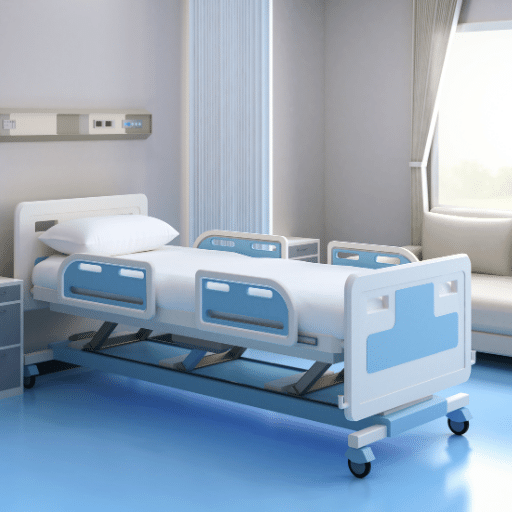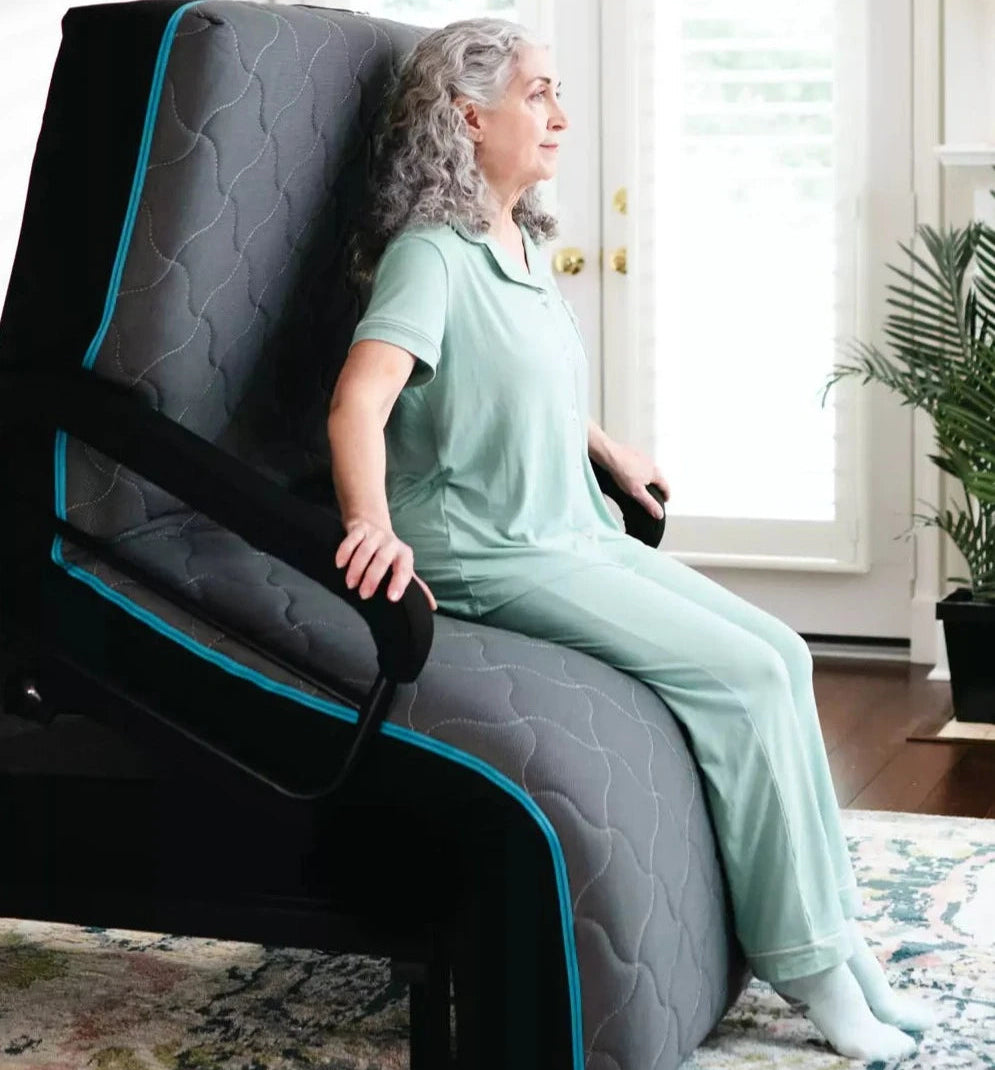The Hospital Beds For Home Use Ideas
The Hospital Beds For Home Use Ideas
Blog Article
All About Hospital Beds For Home Use
Table of Contents8 Simple Techniques For Hospital Beds For Home UseHospital Beds For Home Use Fundamentals ExplainedIndicators on Hospital Beds For Home Use You Need To KnowGetting The Hospital Beds For Home Use To WorkWhat Does Hospital Beds For Home Use Do?Hospital Beds For Home Use Fundamentals ExplainedHospital Beds For Home Use Fundamentals Explained
Next, we will certainly discover the characteristics, uses, and Pros and Disadvantages of each type of medical facility bed in depth. A manual healthcare facility bed is the most fundamental kind of health center bed, and all adjustment functions are achieved via a hand-cranked tool.These hand-cranked devices are generally mounted at the foot or side of the bed, and the caregiver or individual can readjust the elevation or tilt angle of the bed by trembling the deal with. Since no electric parts are needed, are typically more affordable than electrical healthcare facility beds, ideal for clinical institutions or family members with limited budget plans.
Hospital Beds For Home Use Things To Know Before You Buy
For people who need to change their position or elevation frequently, manual beds might not be practical enough because each change needs hand-operated procedure. If the bed needs to be adjusted regularly, nursing personnel may require to spend more physical toughness to operate the hand-cranked device - hospital beds for home use. Guidebook beds are usually suitable for patients in the recovery period or occasions with reduced nursing needs
Normally, the change of the back and legs is controlled by electric motors, while the overall elevation adjustment still needs to be done by hand. The objective of this layout is to reduce costs and power consumption while preserving high functional comfort. Compared to manual medical facility beds, semi-electric hospital beds are more convenient in adjusting the back and legs, specifically for patients who need to change their posture often.
Since only some features depend on electrical power, semi-electric healthcare facility beds take in less power during use. Because the overall height still needs to be changed manually, it might not be as convenient as fully electrical healthcare facility beds for individuals that need to adjust the bed elevation regularly. Compared to hands-on hospital beds, semi-electric hospital beds are slightly extra complicated to operate, needing customers to master the combination of electrical and hand-operated procedures.
Electric healthcare facility beds have high adjustment precision and can be specifically gotten used to a specific angle and height according to the needs of individuals to supply the most comfortable assistance. All-electric medical facility beds are usually outfitted with a selection of extra features, such as built-in scales, cushion pressure modification, etc, to meet the unique needs of different people.
Hospital Beds For Home Use for Dummies
A low bed is a specifically designed healthcare facility bed that can be adapted to a really low level, generally just a couple of inches from the ground. The purpose of this design is to reduce the danger of people falling from the bed, particularly for clients that go to danger of falling, such as the senior or individuals with limited mobility.

Facts About Hospital Beds For Home Use Uncovered
provide a treatment environment suitable for youngsters's height and physique, raising the convenience and safety and security of children. Some pediatric beds are additionally furnished with brilliantly tinted bed rails or animation decorations to decrease the fear of children in the hospital environment. For kids that need to remain in bed for a long time, pediatric beds are normally furnished with anti-bedsore bed mattress, flexible bed rails and various other functions to provide thorough care assistance.
The delivery bed is also equipped with postpartum recovery functions, such as mattress change, bed heating, etc, to help moms recoup much faster. The extensive treatment bed (ICU Bed) is developed for the critical care unit (ICU) and has extensive surveillance and nursing functions. This kind of bed is usually furnished with interfaces for a selection of monitoring tools, why not check here which can keep an eye on the person's important indications in live, such as heart price, blood pressure, respiration, and so on.
Top Guidelines Of Hospital Beds For Home Use
The extensive care bed has a completely electric adjustment feature, which can swiftly change the angle and placement of the bed to satisfy the requirements of various therapies and treatment. The design of ICU bed considers the requirement of rescue procedure. The bed can be promptly adjusted to the most ideal rescue pose and accept the usage of rescue equipment.
It can efficiently separate people from the outdoors and lower the threat of infection transmission. Isolation beds are usually geared up with special bed drapes or securing covers and connected to air filtration systems to keep the air around the bed clean. Isolation beds are particularly created to avoid the spread of virus from infectious clients and safeguard the safety of various other patients and medical team.
Isolation beds are outfitted with air filtration systems that can filter bacteria and particulate issue in the air to maintain the air around the bed tidy. Can also be adjusted to different settings.
Examine This Report on Hospital Beds For Home Use
Bigger and sturdier than a conventional bed. Obese, obesity, client sizeDesigned for people at danger of dropping out of bed. Reduced to the ground than a basic bed.

In a medical care setting, choosing the right bed can not only enhance the efficiency of treatment, but additionally significantly enhance person comfort and security. By recognizing the types and uses of these beds, medical care centers and family members caregivers can much better support and care for their people.
All About Hospital Beds For Home Use
HomeCare Health Center Beds, a department of DiaMedical United States, is dedicated to offering complete transparency for its clients. Patients can be overwhelmed by the various alternatives in long term treatment products, and HomeCare Hospital Beds is dedicated to simplifying this process, while ensuring clients get the details and support they require.
Medicare Component B (Medical Insurance) covers medical facility beds as resilient medical devices (DME) that your doctor recommends for usage in your house. After you satisfy the Part B insurance deductible you pay 20% of the Medicare-approved amount (if your distributor accepts job). Medicare spends for various kinds of DME in different methods.

Report this page